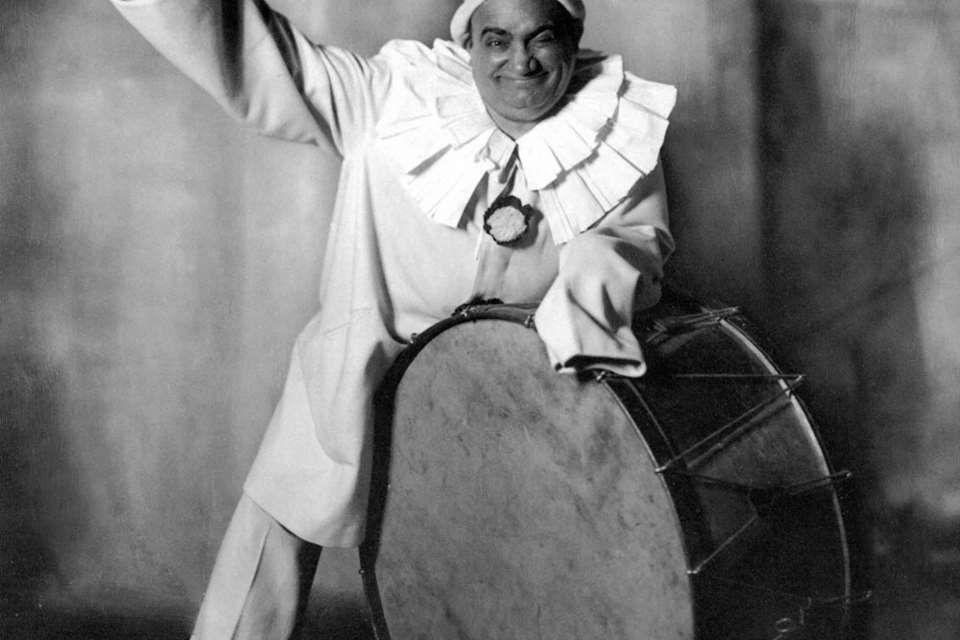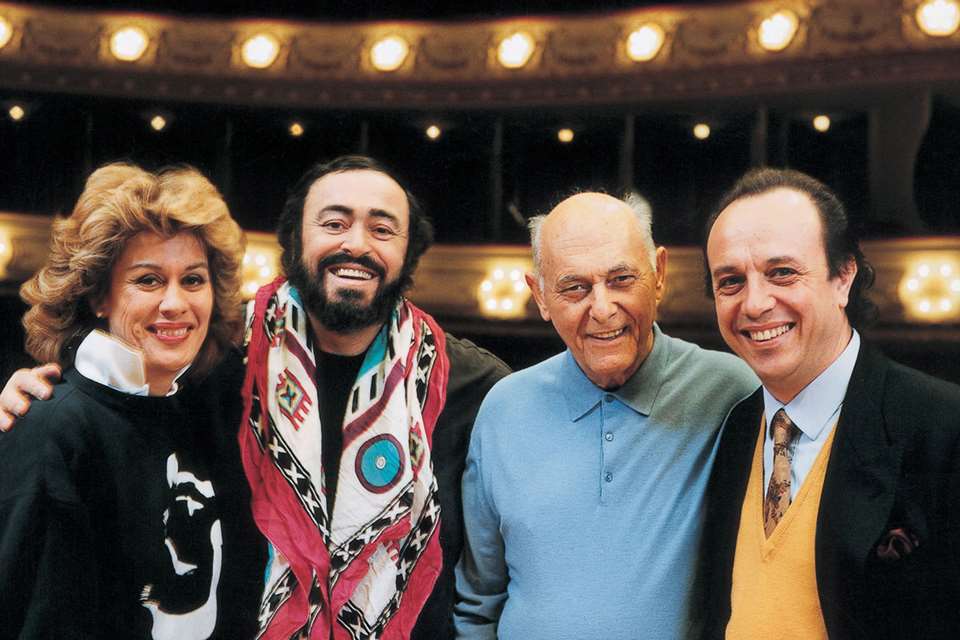Icon: Enrico Caruso
Tully Potter
Friday, February 11, 2022
Tully Potter describes the plentiful gifts of this tenor, whom he first encountered as a boy – from an exceptional opulence of tone to vivid acting ability in both comic and tragic roles
Register now to continue reading
Thanks for exploring the Gramophone website. Sign up for a free account today to enjoy the following benefits:
- Free access to 3 subscriber-only articles per month
- Unlimited access to our news, podcasts and awards pages
- Free weekly email newsletter











